Can there be a molecule that facilitates memory recovery? Can it stop or cure this disease?

Through research that provides a still very preliminary advance and has been carried out only in mice, US researchers have found a molecule that rejuvenates aged brains and allows memory to be recovered. The importance of this study is aimed at finding new ways to attack such a devastating disease, without a cure and with a growing incidence globally: Alzheimer’s.
The human brain is an immensity of 100,000 million neurons that form some 100 trillion connections among themselves, the best and worst of the human mind arises from this organic matter weighing just one and a half kilos.
Alzheimer’s disease is called the silent epidemic because it begins to kill neurons about 20 years before the first symptoms appear, such as the loss of memories stored in brain cells and their multiple connections, by which time it is unfortunately impossible to stop its progression.

The organs of the body have the ability to regenerate, but with age, molecules begin to be produced that hinder or nullify that ability. In experiments it has been shown that something called parabiosis (it means “living next door”, sewing an old and a young rat side by side, for example) is enough to restore muscle strength, the proper functioning of the liver or reverse obesity. A few years ago, old mice were shown to recover memory and cognitive ability after a simple injection of blood plasma taken from young mice. This proved that two types of molecules run through the blood: some are in the young plasma and activate tissue regeneration, and others are present in the plasma of old mice and prevent this renewal.
The new study has replaced plasma with cerebrospinal fluid, the clear, colorless substance that bathes the nervous system and brain and exchanges molecules with them. The researchers extracted this fluid from two-and-a-half-month-old mice (equivalent to nine human years) and injected it into the brains of 18-month-old mice (about 70 years old); then they tested the memory of these elderly mice, which under normal conditions are not able to remember a simple sequence of events: first a light turns on and then they suffer a small electric shock and the rodents that received the brain fluid began to become alert when the bulb went on, they had regained their memory.
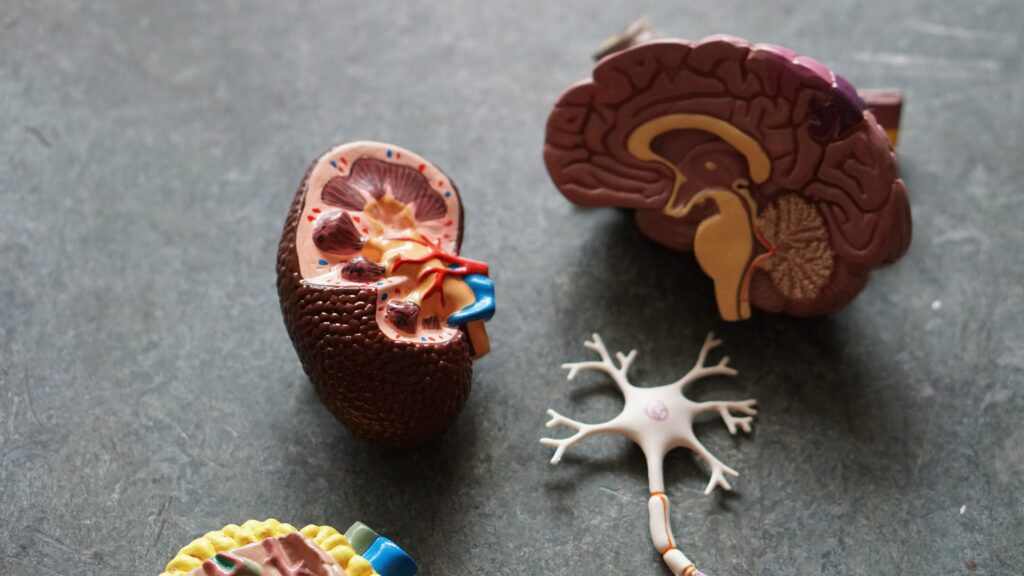
The scientists analyzed the brain of these animals and verified that new oligodendrocytes had begun to be generated, a type of cell that makes up the white matter of the brain and that serves as a support for the gray matter where the neurons are. These cells produce proteins that form a protective cable for axons, the processes with which neurons communicate.
The study shows that the production of new oligodendrocytes occurs in the hippocampus, the brain’s epicenter of memory. And there seems to be a shared biology, as the researchers also injected cerebrospinal fluid from young people into old mice and recorded a similar rejuvenating effect. In contrast, the same fluid in older people reduces cell regeneration capacity.
Undoubtedly, the search for a treatment against this neurodegenerative disease is one of the most infernal objectives of biomedicine.
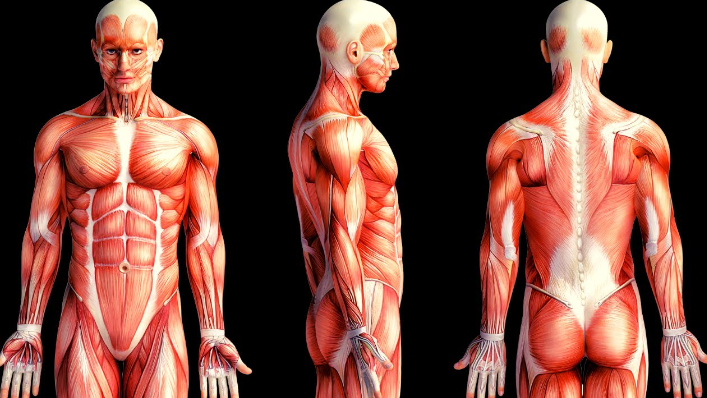
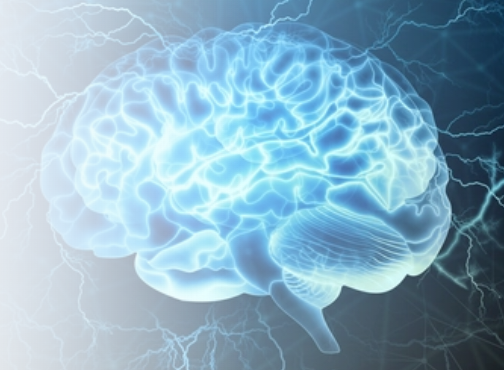
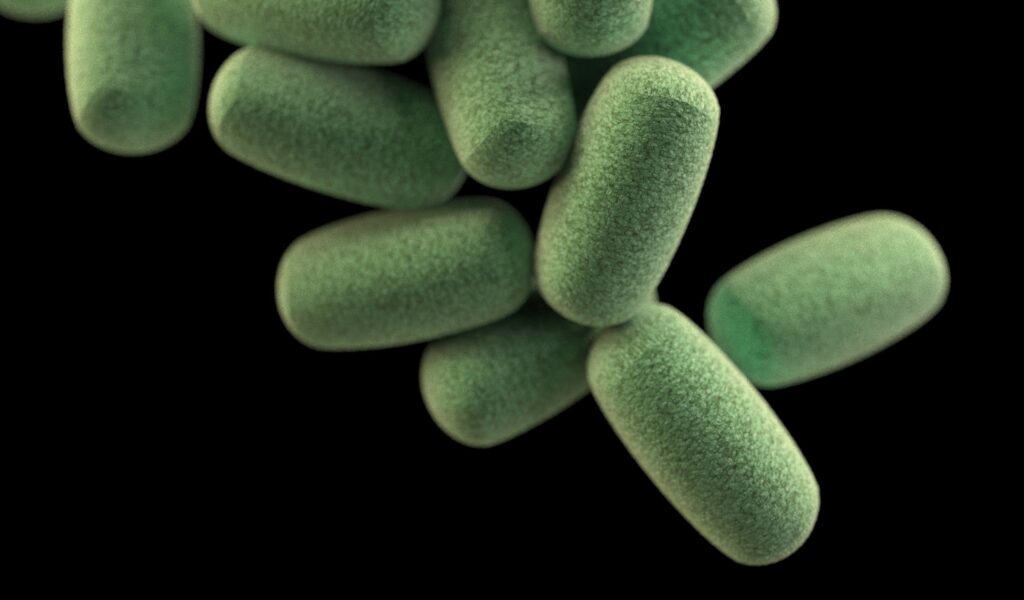

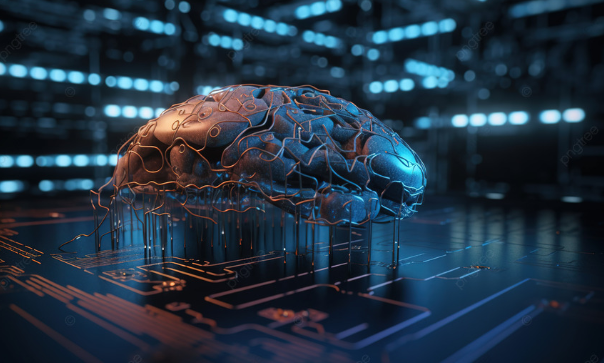
Responses